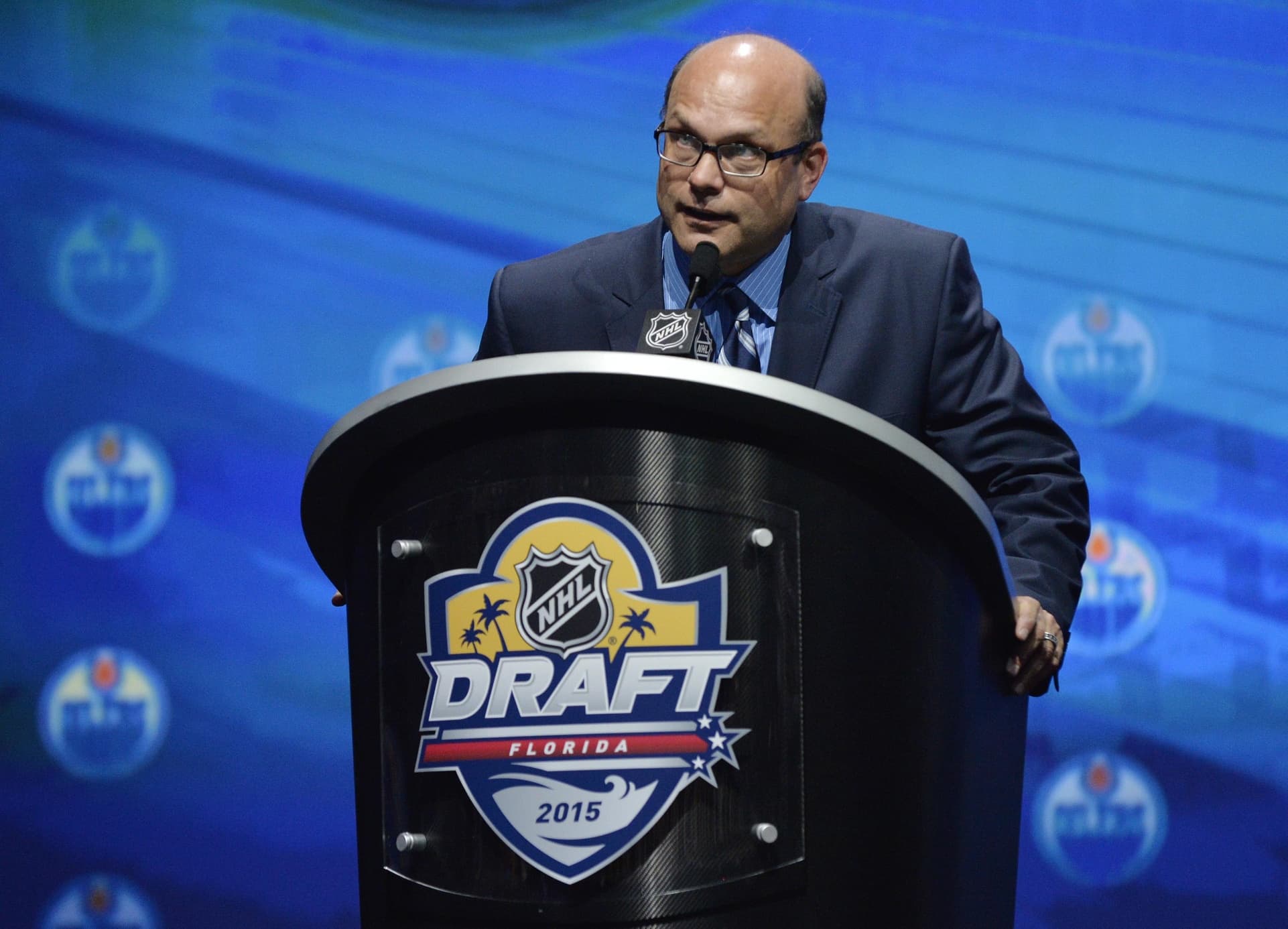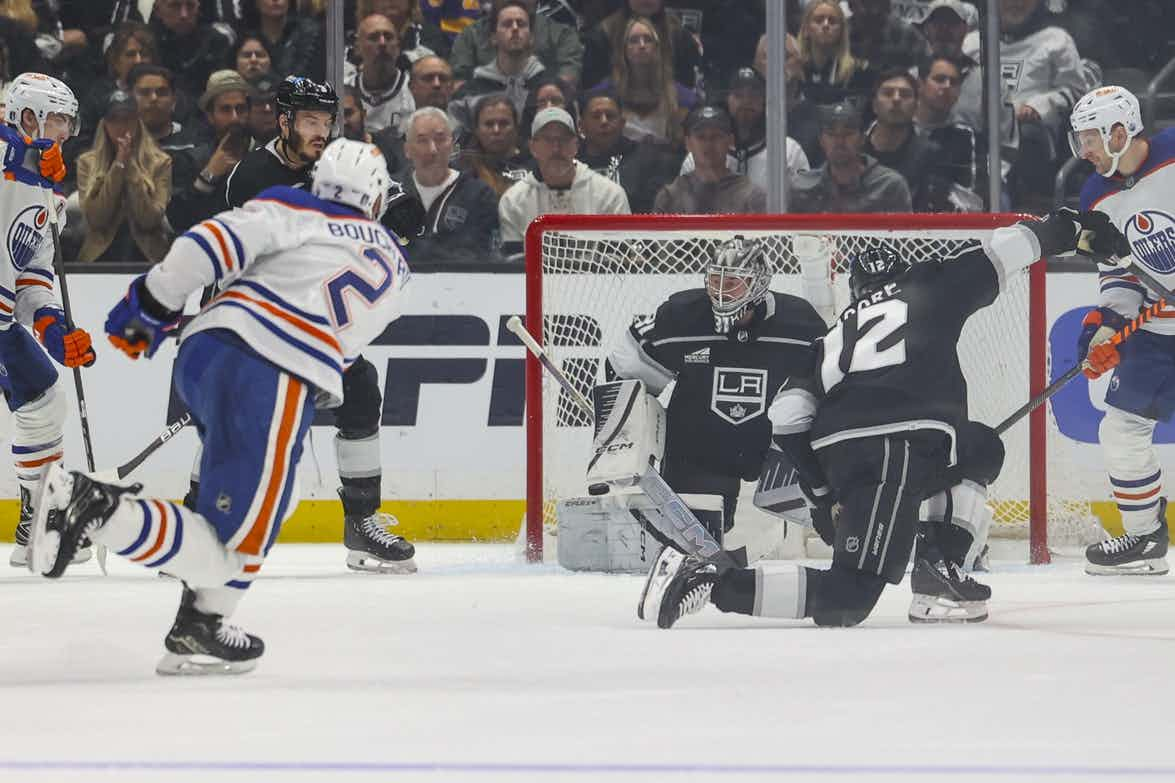Aapeli Rasanan and the Longer Road to the NHL

Late last month, Edmonton Oilers draft pick Aapeli Rasanen announced his commitment to play at Boston College in 2017-18. Assuming he spends a full four seasons at the university level, which means he won’t be entering the Oilers minor-league development system until 2021-22.
In my view, that’s likely a good thing.
Rasanen, a right-shooting centre, was Edmonton’s sixth-round pick at the 2016 draft, 153rd overall. Like any player selected that late his chances of making the NHL are not great. If he does beat the odds and find his way to a career in the world’s toughest league, again it’s probable that he won’t be there for very long.
That’s not to say that Rasanen is doomed. Every year there are late-round gems. Edmonton’s most recent came in 2011, when Tobias Rieder was selected 114th overall. He’s now more than 200 games into his NHL career. Nevertheless, that isn’t the norm, and it’s probably a good idea to be pragmatic when making career choices.
The college development route does a number of things for player and team alike which seem obviously beneficial.
First, from a player perspective, is education. Although it’s certainly possible to get an education while playing major junior hockey, the schedule is more rigorous and there are hoops to jump through for players who wish to continue their college/university studies after hockey. In contrast, Ryan Kennedy of The Hockey News writes that 92 percent of NCAA hockey players ultimately graduate with a degree.
For the next Connor McDavid, that’s not a big deal. For the next Cody Wild, it matters a lot.
But from a player development/waiver eligibility point of view, there’s also the matter of giving a player his best shot at latching on to an NHL team.
Most studies confirm what analytics pioneer Gabriel Desjardins found when he charted the career curves of forwards by offensive production, namely that players hit their offensive peak around the age of 25.
For the average major junior skater who spends his first two seasons post-draft at that level, that means entry to the ECHL/AHL at the age of 20, followed by up to three years of development time before his waiver exemption expires. At the age of 23, an NHL team needs to make a definitive call on him: He’s either good enough to be a full-time major-league player, or he’s offered up for free to the league’s other 30 clubs.
Rasanen is now on a very different timetable. He was drafted out of Europe, and spent his first year in North America in the USHL. If he takes full four years at Boston College before signing an entry-level deal, he’ll start his professional career at the age of 23. He’ll be exempt from waivers through the age of 26.

For a marginal NHL player, arriving in the system in his prime could make all the difference. A big part of the reason Drake Caggiula and Matt Benning were able to win roster spots as rookies was because they entered the Oilers’ system at the age of 22, making them more physically mature than the typical first-year pro. Centre and defence are tough positions to break in at, but that maturity really helps.
If Rasanen develops more quickly than expected, the player always has the option to turn pro early, leaving school before his fourth year.
On the other hand, if Rasanen fails to develop at all the Oilers have the option of waiting until age 23 before offering him an entry-level contract. Being able to wait on lower-tier prospects makes it easier to avoid clogging the 50-man reserve list for three years with guys who are never going to make the NHL. It can be hard to tell at age 20 whether a bubble guy is the next Travis Moen or the next Travis Ewanyk; waiting until 22 clarifies things nicely.
A lot goes into determining whether major junior or college is the better development route for a given prospect. For Rasanen, a depth pick at a position which requires a mature game, the benefits seem obvious.
Edmonton clearly doesn’t have a problem with it; in the two years that Peter Chiarelli has been general manager, the team has made five different later picks who have gone the college route, along with three others overseas (Europe offers similar timing advantages to drafter and draftee as the college route). It’s a little early to declare this a deliberate strategy, but if it is it’s an interesting one.
RECENT POSTS
Recent articles from Jonathan Willis





